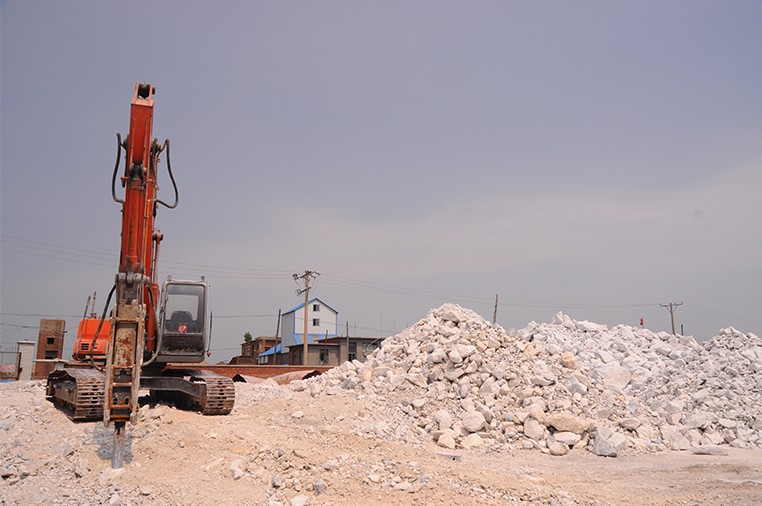The medium-grade magnesia refractory raw material industry is a typical resource-based industry. Since China's reform and opening up in the 1980s, due to the rapid increase in demand for magnesite raw materials, the low entry threshold for processing primary raw materials, and Xintai refractory, the reasonable development of magnesite has been seriously damaged. Due to economic reasons, the selling price of magnesite super-grade ore is about 5 times of that of tertiary ore. The extensive mining and the serious phenomenon of discarding the rich and discarding the poor lead to a great waste of resources, and the more serious is the imbalance of mining and stripping. Or the scattered mining of raw materials and the centralized construction of several large raw material bases. The magnesia refractory raw material industry is a typical resource-based industry.
Since China's reform and opening up, due to the rapid increase in demand for magnesite raw materials and the low entry threshold for processing primary raw materials, the reasonable development of magnesite has been seriously damaged. High-grade natural magnesite, light-burned magnesia powder or other materials containing magnesia are used as raw materials, which are naturally cooled after melting in the electric arc furnace to make periclase crystal grow from the melt. After cooling, remove the undersmelting material from the bulk, and the frit is fused magnesia. Underburned materials can be returned to the electric arc furnace.

After sorting and grading, the frit can be broken into the size required by the market. Features of large crystalline fused magnesia: high purity, large melting of crystalline particles, high melting point, dense texture; Good thermal shock stability; It has good high-temperature bending strength; It has good slag resistance and corrosion resistance; Strong thermal conductivity and high insulation. The burnt magnesia produced with natural magnesite as raw material by one or two step calcination process using high-temperature equipment such as shaft kiln and rotary kiln is called sintered magnesia; The sintered magnesia is divided into 18 grades according to its physical and chemical indexes. When magnesite is calcined at 1800 ℃, carbon dioxide completely escapes, magnesium oxide forms a dense block of periclase, and the calcined magnesia is weighed. This kind of calcined magnesia has a high fire resistance.
Its main component is magnesium oxide, which is made from natural super-grade magnesite ore through flotation purification, light burning, fine grinding, high pressure ball pressing and ultra-high temperature oil shaft kiln calcination. Made by melting in electric arc furnace. This product has high purity, large crystal grain, compact structure, strong slag resistance, and good thermal shock stability. It is an excellent high-temperature electrical insulation material, and also an important raw material for making high-grade magnesia brick, magnesia-carbon brick and amorphous refractory. It is widely used in metallurgy, chemical industry, national defense, scientific research, aerospace, household electrical components, etc.